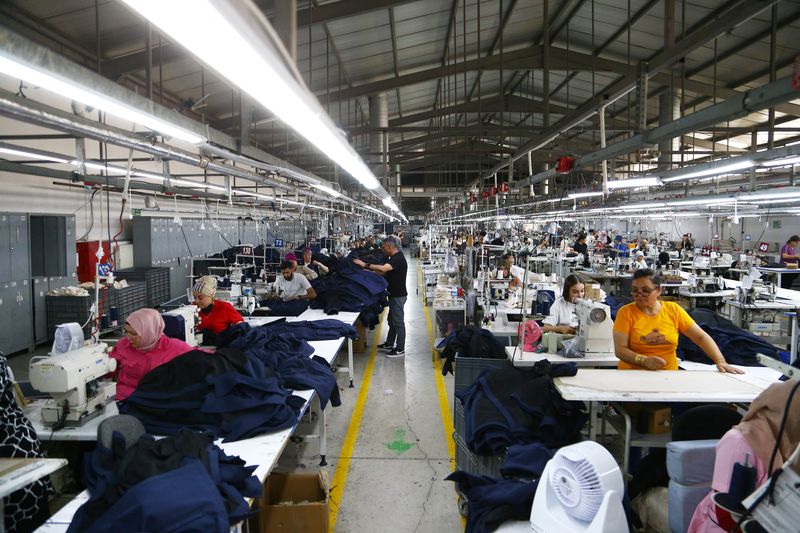Nearly a million Australian households struggle to secure food, report shows

SYDNEY (Reuters) – Nearly a million Australian households are struggling to secure enough food, with parents skipping meals or going entire days without food to shield children from hunger, a report from Foodbank Australia said on Tuesday.
More than 870,000 households which earn less than A$30,000 ($20,200) a year are experiencing severe food insecurity, up 5% on 2022, said the report from the group, which says it is Australia’s largest hunger relief charity. Single-parent families are the hardest hit with over two-thirds of them facing food shortages, it said.
“We warned at the beginning of the cost-of-living crisis that low-income households were always going to suffer first, worst and for the longest and these findings confirm this,” Foodbank Australia CEO Brianna Casey said in a statement.
“We are seeing families that were just getting by, now reaching their limits and making unimaginable choices.”
People are being forced to cut back on basic food essentials due to the combined impact of higher costs of housing, power and groceries, though the situation in some households has recently shown signs of improvement, the report said.
Australian families continue to struggle with stubborn inflation and higher costs of housing after a surge in migration since COVID-19 border rules ended in 2022 put excess pressure on an already tight rental market.
Though headline inflation has continued to moderate and slowed to 2.7% in August partly helped by government rebates on electricity, the Reserve Bank of Australia has said the measure is volatile and it would look through the temporary impact.
The report said more families were seeking help from food relief charities after family and friends were no longer able to offer help.
More than half of low-income households are seeking support more often than a year ago while those receiving help from friends and family fell to 25% in 2024 from 32% in 2023.
($1 = 1.4859 Australian dollars)







